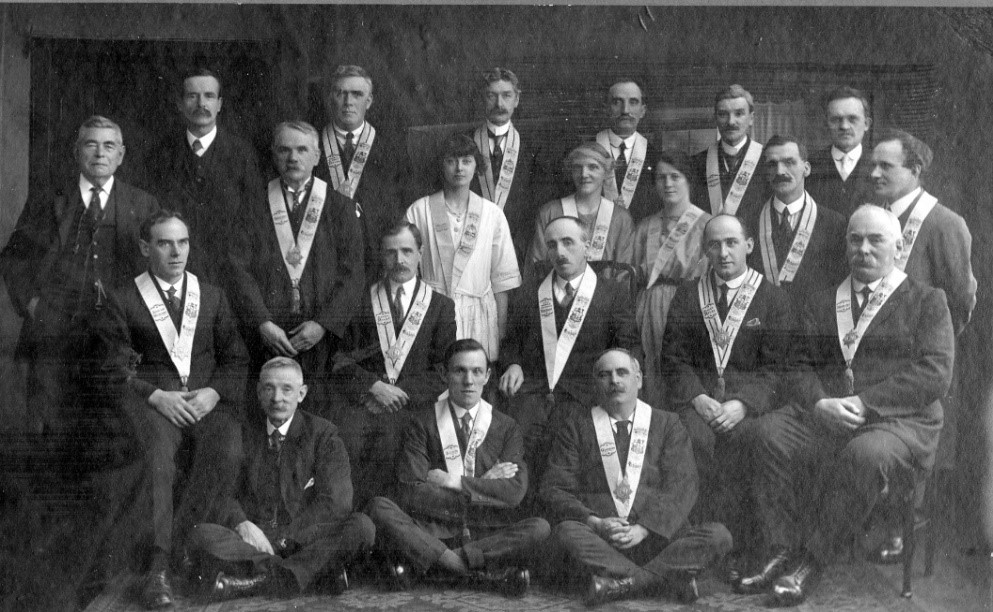by Stanley Merridew
Friendly Societies are mutual aid organisations designed to help people protect themselves against hardship. Their emergence can, in some cases be traced back to the seventeenth century. However, the onset of the French Revolution and industrialisation, meant that the government became very nervous of groupings of the working classes. One could also argue they were brought about by the factory system. Many families had moved away from their traditional occupations and the support of the estate village and craft industries and were suddenly working at the behest of the industrialists. The Gilbert Act of 1782, introducing a more regimented system of workhouses must also have created some concerns among the less well-off. Often it was a case of work or enter the poorhouse. Living in towns and cities the accommodation frequently came without gardens in which to produce their own food. All industries were liable to trade fluctuations which could cause seasonal unemployment. The operatives were also using unfamiliar machinery with little or no protection and many accidents occurred.
By the late 1800’s there was in the order of 27,000 registered Friendly Societies with around five million members. Members paid a small amount each week to give them something to fall back on in times of hardship. Many were locally based, some related to certain industries or trades. Probably the best known are those who became national bodies such as Ancient Order of Foresters, Independent Order of Odd Fellows, Independent Order of Rechabites. The records of the Independent Order of Rechabites seem to have survived better than most societies. Many of their records are held by the University of London. Much of this appears to relate to the overall running of the society.

Otley “Tent” (branch) of the Rechabites c1928
